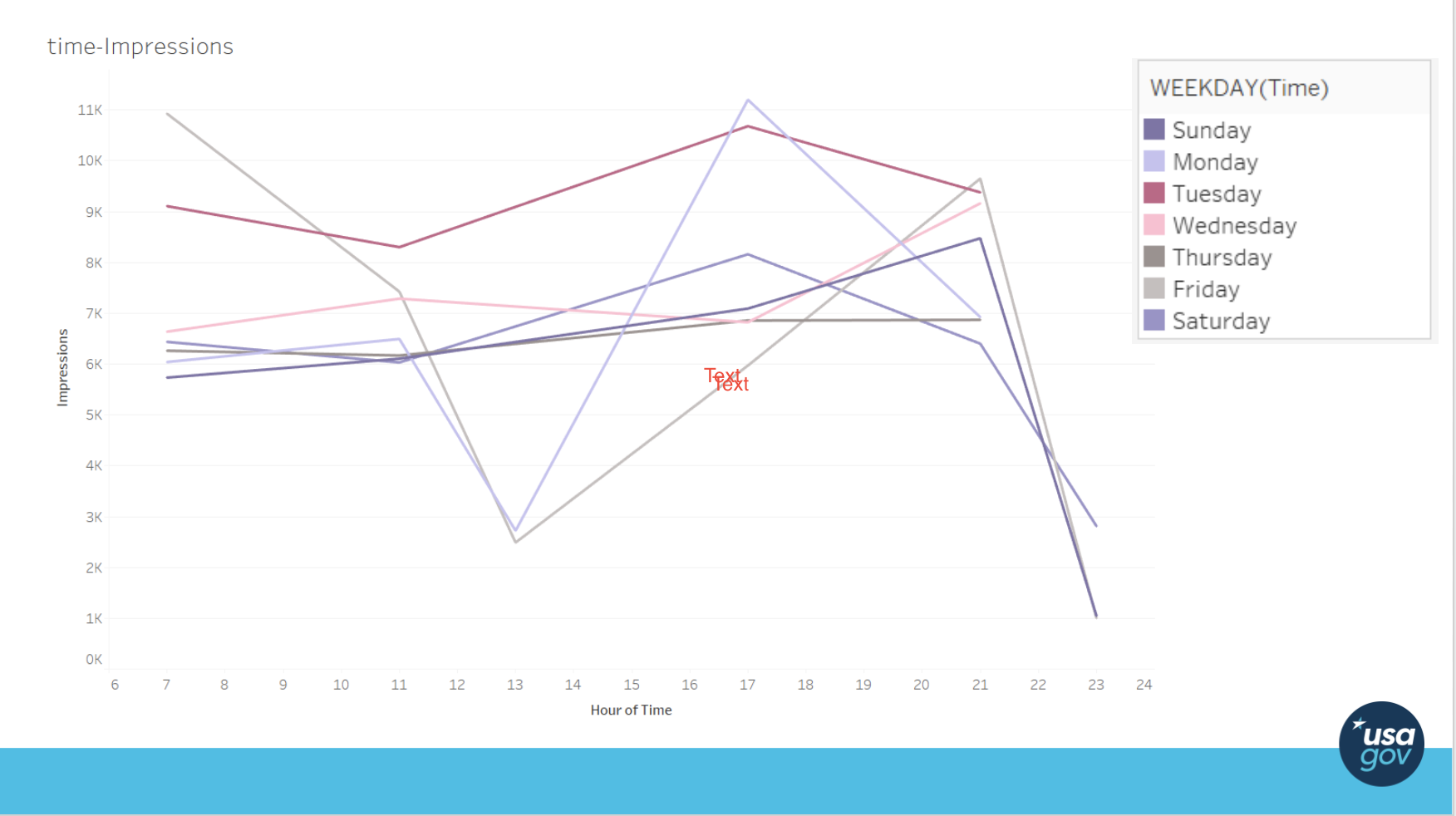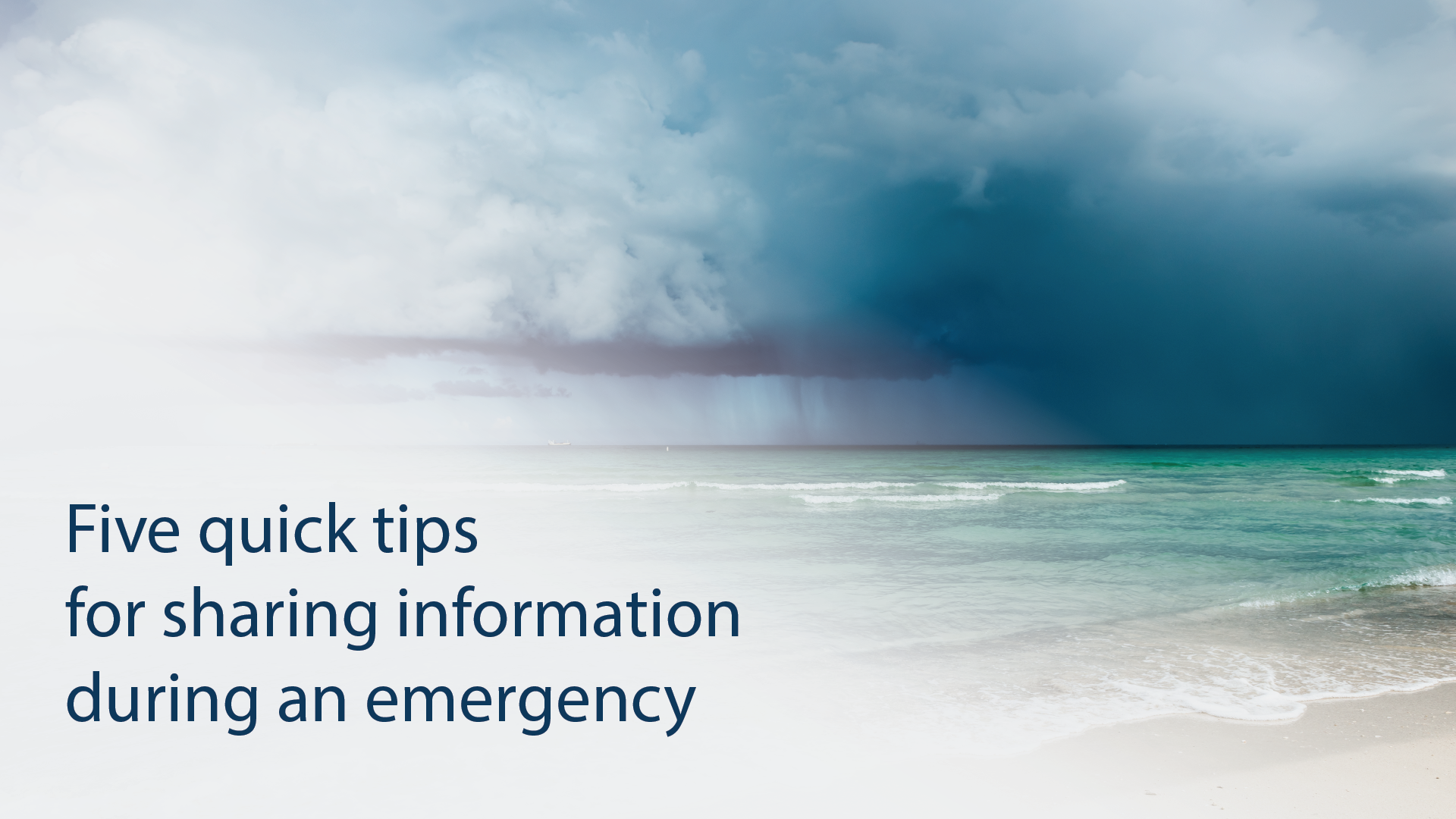A good following on social media is fundamental to USAGov’s goal of getting clear and helpful government information to Spanish speakers around the country. To make sure we’re reaching the right people at the right time with valuable content, our team began to rethink our USAGov en Español Twitter strategy.
We’d noticed some decline in Twitter followers and started brainstorming how we could engage more people. We decided to focus on increasing the frequency and changing the timing of posts. We had been consistently posting once in the morning and once in the afternoon every day, often at 11:00 AM and 3:00 PM or 5:00 PM Eastern Time. By challenging this business-as-usual practice, we hypothesized that we could increase our weekly reach and maintain more followers.
User data showed our east coast-based team that a big part of our audience is actually based in California and Texas. So for our first month-long experiment, we came up with a new strategy. We posted each of three individual messages twice a day, for a total of six posts daily, at different times that were better for our western and southwestern followers. We analyzed the results and were shocked by the success of our simple experiment. Our weekly engagement increased by 110% and we were beginning to turn around the loss of followers.
Next, we tried a slightly different tactic to reach all of our time zones. We continued to create three individual messages a day, but posted the most important message twice, for a total of four posts a day. We did this consistently for a couple of months and noticed that the outcome was very similar to our previous experiment, so it was not necessary to post 6 times a day as we’d previously done. It was more important to keep in mind that some key messages are better posted twice a day to reach people all over the country.
The main lesson we learned is that when we schedule Twitter messages, we have to think more about locations and time zones. In the meantime, we’re continuing to experiment, ask questions, and challenge our assumptions about the Spanish-speaking audience on Twitter.




_v003.png)